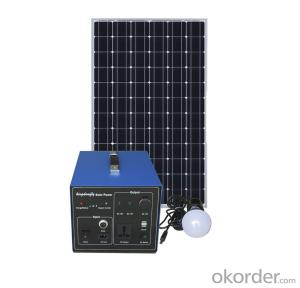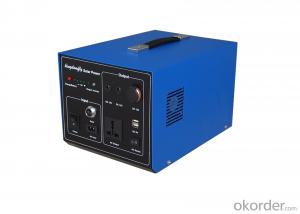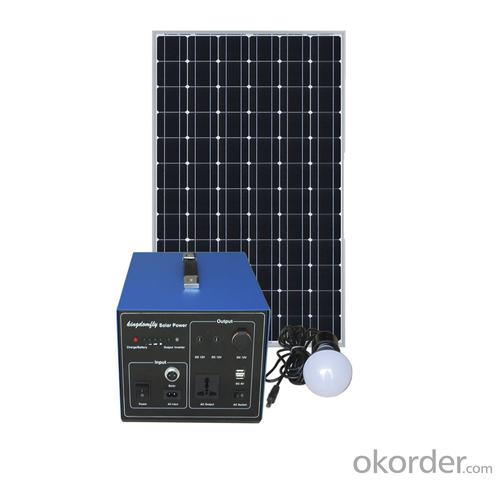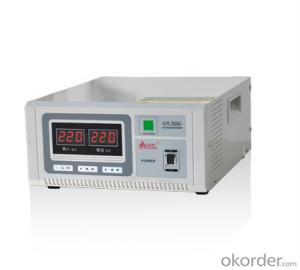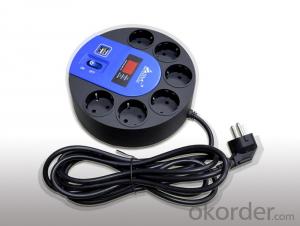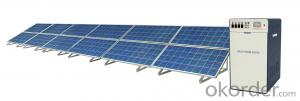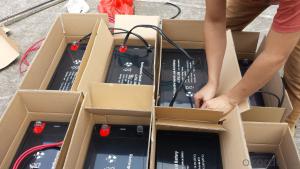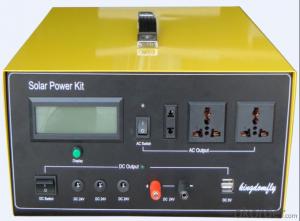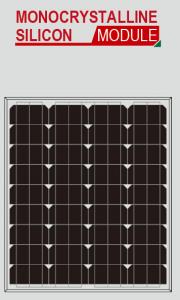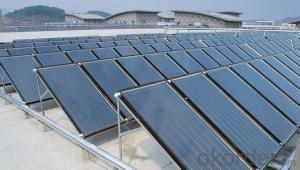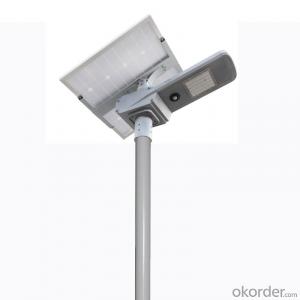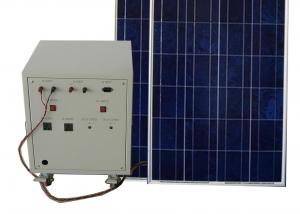Portable Solar Lighting System Hot Selling SPS_80W
- Loading Port:
- China main port
- Payment Terms:
- TT OR LC
- Min Order Qty:
- 3 pc
- Supply Capability:
- 10000 pc/month
OKorder Service Pledge
OKorder Financial Service
You Might Also Like
Main Information
SPS_80W This product is high performance,family used portable solar power system,which can receive energy and store it in battery outside connected to SPK by solar energy on sunny day,and supplies electric power for varies appliances such as electric fan,lighting lamps, television, portable computer etc.It can supply power for both DC and AC electric application .It’s very helpful and useful for home electric supply.
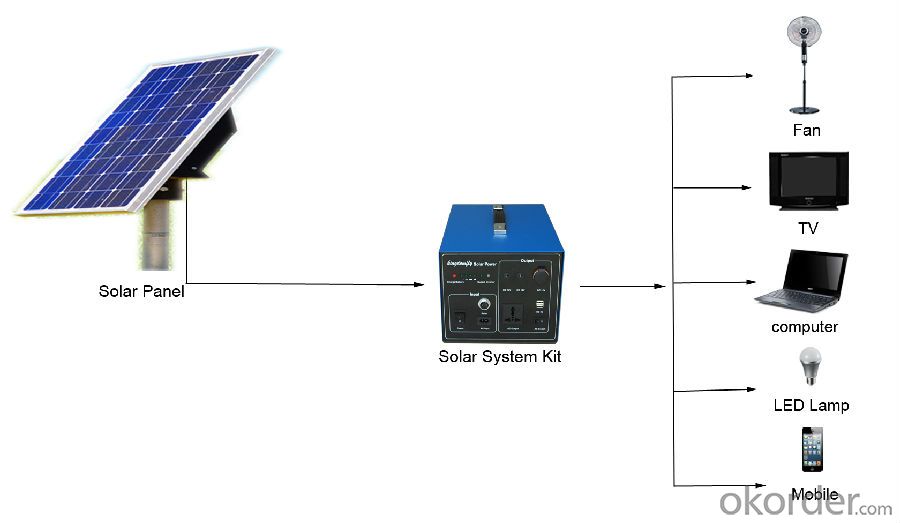
Features
◆ Both Solar charge input and AC charge input.
◆ Both DC and AC output
◆ Solar Feedback Circuit Protection
◆ Output Short-circuit Protection
◆ Solar「+」「-」anti-access protection
◆ Output「+」「-」anti-access protection
◆ Over Charged Protection
◆ Over Discharged Protection
◆ Over Load Protection
◆ Over-Temperature Protection
Technical parameters
Specification | Value/Material | |
Item No. KDF | SPS_80W | |
Solar Recommended | Specification | Poly silicon |
Working Voltage/Power | 18V80WP | |
Battery | Rated Voltage/Capacity | 12V40AH |
Cycle Number | 80% Deep Cycle Number:500 70% Cycle Number:800 | |
Working Temperature | Short Period(one Month):-20~50℃ Long Period(Six Months):-10~45℃ | |
Charging Controller | Operating Voltage | 12V |
Input Voltage | 17.3V~21V | |
Input current | MAX:10A | |
Power Consumption | MAX: 5mA | |
Low Voltage Disconnect(LVD) | 10.8V | |
Low Voltage Reconnect(LVR) | 12.3V | |
High Voltage Discharge( HVC) | 14.6V | |
High Voltage Recharge(HVR) | 13.8V | |
Temperature Protection | 60℃ | |
DC Output | DC output & Application | USB 5V1A*2 |
DC output & Application | DC 12V1*4A | |
AC Output | Output Wave | Modified Wave |
Input Voltage | 11V~15V | |
Output Voltage | 110V±10% | |
Output Frequency | 60Hz±2Hz/50Hz±2Hz | |
Rated Output Power | 300W/500W | |
Maximum VA | 600VA/1000VA | |
Maximum Efficiency | 88% | |
Temperature | 0-40℃ | |
Over Temperature | 60℃~70℃ | |
Low Voltage Alarm | 11V | |
Low Voltage Shut off | 10.5V | |
High Voltage Shut off | 16V | |
Package | Set size | 328*252*267mm |
Set N·W | 11.6kg | |
Set N·W | 12.8kg | |
- Q: What are the devices needed for PV systems?
- Solar cell array. The solar cell array is composed of a solar cell composite plate and a square bracket. Because the single voltage of solar cells is generally low, so usually they are connected in parallel and series solar panels have practical value, as an application unit, and then according to the power requirements of a plurality of application unit series and parallel composition of solar cell array. Solar panels (some semiconductor materials, mainly polysilicon and silicon and amorphous silicon, through a certain process to assemble) is the main component of the solar photovoltaic system, the highest value is also part of the solar photovoltaic power generation system. Solar panels in the light of the circumstances, the battery absorbs light energy, the two ends of the battery appears to be the accumulation of different charges, that is, the light generated voltage, which is the "photoelectric effect". Under the action of the photoelectric effect, the electromotive force is generated at both ends of the solar cell, and the light energy is converted into electric energy.
- Q: How long do solar energy systems last?
- Solar energy systems typically have a lifespan of 25 to 30 years, but with proper maintenance and care, some components can last even longer.
- Q: Can solar energy systems be used in powering agricultural irrigation systems?
- Certainly, agricultural irrigation systems can be powered by solar energy systems. As a matter of fact, solar energy is gaining popularity in the agricultural industry due to its numerous advantages. To begin with, solar energy is a clean and renewable source of power, which aids in reducing greenhouse gas emissions and combating climate change. This is especially crucial in agriculture, where conventional power sources like diesel generators contribute to air pollution. Furthermore, solar energy systems are simple to install and maintain. They typically consist of solar panels, an inverter, and a battery storage system. These components can be installed on rooftops, open fields, or even on solar trackers to maximize exposure to sunlight. Once installed, solar energy systems require minimal upkeep, resulting in reduced operational expenses for farmers. Moreover, solar energy systems are particularly well-suited for powering agricultural irrigation systems. Irrigation systems often require a constant and dependable energy source to pump water from wells, rivers, or reservoirs to the fields. Solar energy can fulfill this need for consistent power supply, particularly in sunny regions with high irrigation demands. Additionally, solar energy systems can be combined with energy storage solutions like batteries. This enables farmers to store surplus energy generated during the day and utilize it during periods of low sunlight or at night, ensuring uninterrupted power supply for irrigation systems. Furthermore, solar-powered irrigation systems can prove to be more cost-effective in the long run. Although the initial investment for installing solar panels and associated equipment may be higher compared to traditional power sources, the operating costs are significantly lower. Once the solar energy system is in place, farmers can benefit from free energy from the sun, reducing reliance on expensive fossil fuels or grid electricity. To sum up, solar energy systems are a feasible and sustainable choice for powering agricultural irrigation systems. They offer environmental advantages, are easy to install and maintain, and can provide a reliable and cost-effective energy supply for farmers.
- Q: What is the role of solar energy systems in reducing greenhouse gas emissions?
- Solar energy systems play a crucial role in reducing greenhouse gas emissions by harnessing the power of the sun to generate electricity without any emissions. They provide a clean and renewable alternative to fossil fuels, such as coal and natural gas, which are major contributors to greenhouse gas emissions. By utilizing solar energy, we can significantly decrease our reliance on these polluting sources, leading to a substantial reduction in greenhouse gas emissions and helping combat climate change.
- Q: Can solar energy systems be used in areas with high levels of humidity?
- Yes, solar energy systems can be used in areas with high levels of humidity. While humidity can affect the overall efficiency of solar panels, modern solar technology is designed to withstand a wide range of environmental conditions, including high humidity. The key factor in determining the suitability of solar energy systems in humid areas is the proper maintenance and installation of the equipment. Regular cleaning and maintenance of solar panels can help mitigate any potential issues caused by humidity, such as dust or dirt buildup. Additionally, advancements in solar panel technology have made them more resistant to moisture and humidity, ensuring their durability and longevity even in humid areas. Therefore, solar energy systems can be effectively utilized in areas with high levels of humidity, providing a clean and renewable source of energy.
- Q: Are there any risks of electrical fires with solar energy systems?
- Yes, there are potential risks of electrical fires with solar energy systems. While solar panels themselves do not generate heat or pose a direct fire hazard, the electrical components and wiring involved in the system can be a source of concern. Poor installation, faulty wiring, or system malfunctions can lead to electrical fires. Therefore, it is important to ensure proper installation, regular maintenance, and adherence to safety guidelines to mitigate these risks.
- Q: Can solar energy systems be used in areas with high levels of dust or dirt?
- Yes, solar energy systems can be used in areas with high levels of dust or dirt. However, it is important to regularly clean and maintain the solar panels to ensure optimal performance. Dust and dirt accumulation on the panels can reduce their efficiency, but with proper maintenance, solar energy systems can still effectively generate electricity in such areas.
- Q: Can solar energy systems be used in areas with limited access to financing options?
- Yes, solar energy systems can be used in areas with limited access to financing options. There are various financing models and programs available, such as community solar initiatives, power purchase agreements, and government subsidies, which can help make solar energy more accessible to those with limited financial resources. Additionally, innovative financing options like microloans and crowdfunding platforms can also help overcome financing barriers in these areas.
- Q: Can a solar energy system be installed on a school or university campus?
- Yes, a solar energy system can be installed on a school or university campus. In fact, many educational institutions have already embraced solar power as a sustainable and cost-effective solution for their energy needs. Installing solar panels on rooftops, parking lots, or open spaces within the campus can generate clean electricity from the abundant sunlight available. This renewable energy source can help reduce carbon emissions, lower electricity bills, and provide educational opportunities for students to learn about sustainable energy technologies. Additionally, with the advancement of solar technology and various incentives available, it has become more affordable and feasible for schools and universities to invest in solar energy systems.
- Q: Can a solar energy system be installed in an apartment or rental property?
- Installing a solar energy system in an apartment or rental property is indeed feasible, but there are several factors to bear in mind. To begin with, it is crucial to ascertain whether your landlord or property owner is amenable to the idea of a solar energy system. Some landlords may be supportive of green initiatives and might even contribute to the installation costs. Conversely, others may have stipulations in place, necessitating a discussion with them prior to moving forward. Secondly, the viability of installing a solar energy system in an apartment or rental property hinges on the availability of appropriate space for solar panels. Typically, this would be the rooftop of the building. If the rooftop is shared among multiple tenants, it is necessary to engage in dialogue with them and obtain their consent as well. Furthermore, the legal and financial aspects should not be overlooked. Engaging the services of a solar energy contractor to assess technical feasibility and installation costs may be necessary. Additionally, it is crucial to research the laws and regulations pertaining to solar installations on rental properties in your area, as there may be specific prerequisites or permissions required. Lastly, if you are a tenant, the duration of your lease must be taken into account. Installing a solar energy system is a long-term investment, and it may not be financially viable if you plan to vacate the premises before the system has recouped its costs through energy savings. In conclusion, while it is possible to install a solar energy system in an apartment or rental property, open communication with your landlord, consideration of available space, evaluation of legal and financial aspects, and contemplation of your lease duration are all vital before proceeding.
Send your message to us
Portable Solar Lighting System Hot Selling SPS_80W
- Loading Port:
- China main port
- Payment Terms:
- TT OR LC
- Min Order Qty:
- 3 pc
- Supply Capability:
- 10000 pc/month
OKorder Service Pledge
OKorder Financial Service
Similar products
Hot products
Hot Searches
Related keywords
